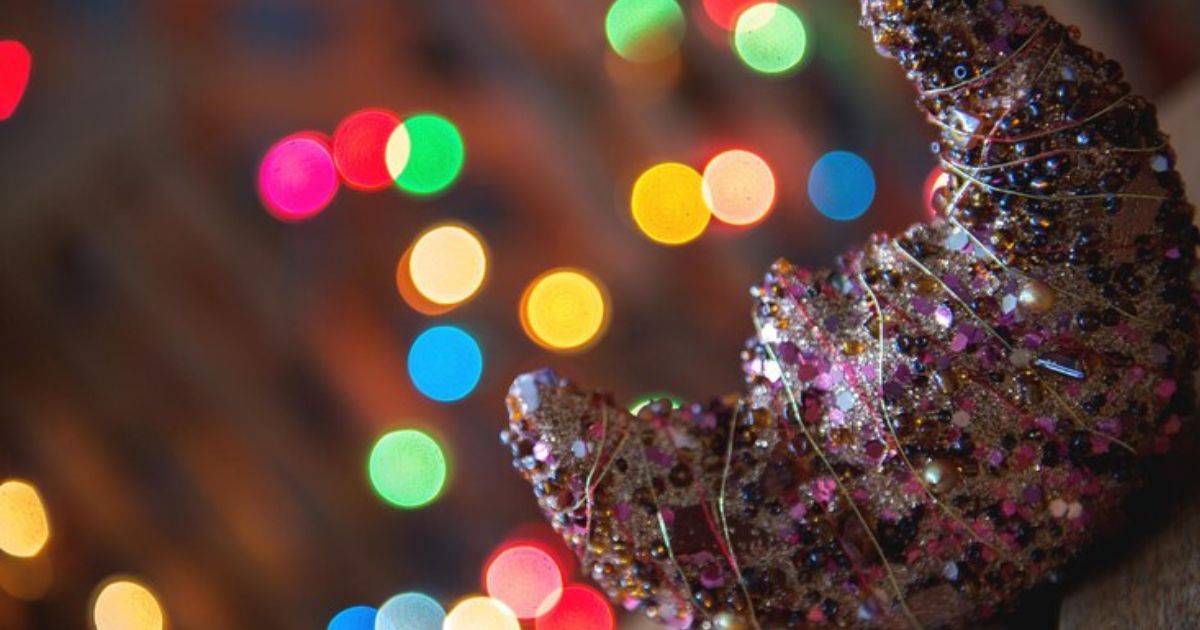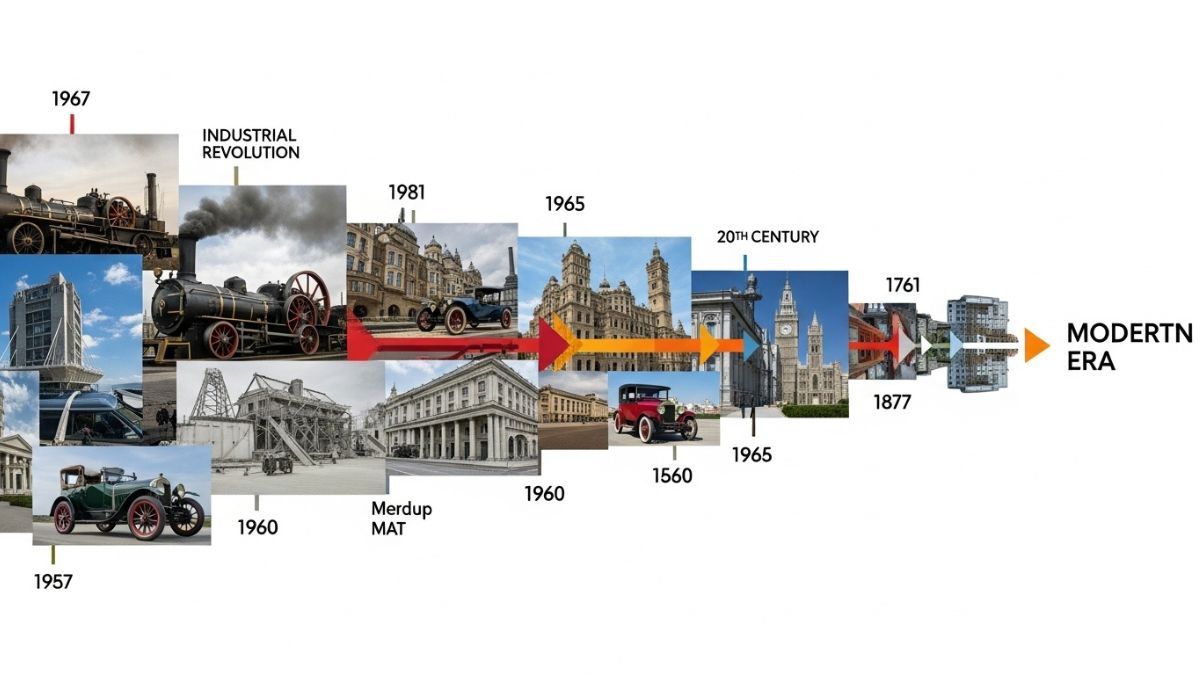Across cultures and continents, the Festival of Lights signifies more than just the brilliance of candles or lamps—it symbolizes the triumph of light over darkness, joy over despair, and unity in diversity. Whether it’s Diwali in India, Hanukkah in Jewish tradition, or Lantern Festivals in Asia, these celebrations create a sense of warmth, hope, and togetherness that transcends borders.
Diwali: The Sparkling Indian Celebration
Diwali, the most widely celebrated Festival of Lights in India, is a five-day event full of glowing diyas, bursting fireworks, and delicious sweets. Rooted in Hindu mythology, it marks Lord Rama’s return to Ayodhya after defeating Ravana. Houses are cleaned and adorned with lights to invite prosperity and positivity, believed to be brought by Goddess Lakshmi. It’s not just a religious festival—it’s a massive social and cultural event connecting families and friends.
Hanukkah: A Jewish Tradition of Light and Miracles
Hanukkah, also known as the Festival of Rededication, is an eight-day Jewish holiday that commemorates the rededication of the Second Temple in Jerusalem. The miracle of a single day’s oil lasting eight days is remembered through the lighting of the menorah. Each night, one additional candle is lit, adding more light and hope as the days pass. Traditional foods like latkes and games like dreidel bring families together in joyous remembrance.
Chinese Lantern Festival: Lighting Up the Skies
Celebrated on the 15th day of the first lunar month, the Chinese Lantern Festival concludes the Lunar New Year. People release lanterns into the sky or float them in rivers, carrying messages, wishes, or prayers. The stunning visuals are accompanied by lion dances, riddles, and glutinous rice balls (tangyuan), which symbolize unity and wholeness in family life.
Loi Krathong: Thailand’s Water Light Festival
Thailand’s Loi Krathong is a unique blend of light and water. People release banana-leaf boats with candles and incense into rivers as an offering to the water goddess and to wash away misfortunes. The reflection of thousands of lights on water creates a dreamlike atmosphere, making this festival one of the most romantic and picturesque in the world.
Vivid Sydney: A Modern Take on Light Festivals
Vivid Sydney in Australia brings the concept of light festivals into the modern era through digital artistry and innovation. Buildings are illuminated with spectacular projections, music performances fill the air, and thought-provoking talks spark intellectual conversations. It’s a fusion of technology and creativity that attracts millions globally.
St. Lucia Day: Scandinavian Celebration of Light
Observed on December 13 in Sweden and neighboring countries, St. Lucia Day honors Saint Lucia, who brought food and aid to Christians hiding in catacombs. Girls dressed in white robes with red sashes and crowns of candles parade through towns and churches. The festival brings comfort during the darkest part of winter, lighting the way with songs and processions.
Kwanzaa: Lighting Principles of Unity and Purpose
While Kwanzaa isn’t religious, it is deeply spiritual and cultural. Celebrated from December 26 to January 1 by African-American communities, it honors African heritage through lighting the kinara, a candleholder with seven candles representing unity, self-determination, and purpose. Each night, a new candle is lit, opening conversations around values, heritage, and identity.
Christmas Lights: A Global Phenomenon of Joy
From Times Square to Tokyo, Christmas lights turn cities into glowing wonderlands. The tradition of hanging lights on trees and rooftops represents the Star of Bethlehem and brings communities together in celebration. These lights create magical ambiances in malls, parks, and homes, making the season feel truly merry and bright.
Ramadan Lanterns: Lighting Faith and Devotion
In Muslim-majority countries, Ramadan is lit with vibrant lanterns called fanous, especially in Egypt. Though Ramadan is a month of fasting, it also becomes a festival of lights at night. Streets are decorated, mosques are illuminated, and people gather to pray and break their fast in a radiant atmosphere that reinforces spiritual connection.
Festival of Lights Berlin: Art Through Illumination
Every October, Berlin transforms into an open-air gallery through the Festival of Lights. Artists from around the world project breathtaking visuals onto the city’s historic landmarks. It’s not just entertainment—it’s art, culture, and history reimagined through light. This initiative not only captivates locals but also draws global tourists.
Las Fallas: Fiery Lights in Valencia, Spain
Las Fallas is a festival that ends in flames—literally. Enormous, beautifully crafted effigies called ninots are set on fire to symbolize renewal and the cleansing of old negativity. While not your typical “Festival of Lights,” the fire and fireworks create a powerful visual spectacle that celebrates creativity, satire, and community.
Light Festivals and Tourism Growth
These illuminating festivals do more than inspire joy—they significantly boost tourism. Cities like Lyon, Berlin, and Sydney attract millions of visitors who spend on local businesses, hotels, and experiences. The ripple effect of these festivals supports artists, entertainers, and service providers while showcasing the local culture on a global stage.
The Psychological Impact of Light Celebrations
There’s more to these festivals than meets the eye. The emotional connection to lights brings comfort, reduces stress, and uplifts mood—especially during colder, darker months. Light has been shown to affect serotonin levels, and the symbolic presence of light enhances hope and optimism in collective memory and tradition.
Technology’s Role in Modern Light Festivals
From laser shows to drone light displays, technology has revolutionized the way we experience light festivals. Synchronized LED installations, interactive art, and augmented reality now allow participants to be part of the display. As tech evolves, so too does the creative expression behind these festivals.
Why We’re Drawn to Light in the Darkness
Our love for light goes beyond aesthetics—it’s evolutionary and emotional. Light provides safety, guidance, and clarity. Culturally, it represents enlightenment and peace. In times of hardship, light becomes a metaphor for resilience, reminding us that darkness is never permanent.
Conclusion
The Festival of Lights, a beautiful expression of humanity, brings joy, reflection, and shared wonder to people through various forms, promoting unity, hope, and joy.
FAQs
What is the origin of the Festival of Lights?
The origin varies by culture. Diwali stems from Hindu mythology, Hanukkah from Jewish history, and Lantern Festivals from Chinese traditions. All center on the victory of light over darkness.
Are light festivals religious or cultural?
Many are religious, like Hanukkah and Diwali, while others are more cultural or artistic, like Berlin’s Festival of Lights or Vivid Sydney.
How do light festivals impact tourism?
They attract millions of visitors globally, boost local economies, and showcase cultural heritage through visually stunning experiences.
Can I participate in a light festival without being part of that religion or culture?
Absolutely! Most festivals welcome everyone and aim to foster unity, awareness, and appreciation of diverse traditions.
What makes light so powerful in human celebration?
Light symbolizes hope, clarity, and renewal. It provides emotional comfort and unites people through shared joy and symbolic meaning.











